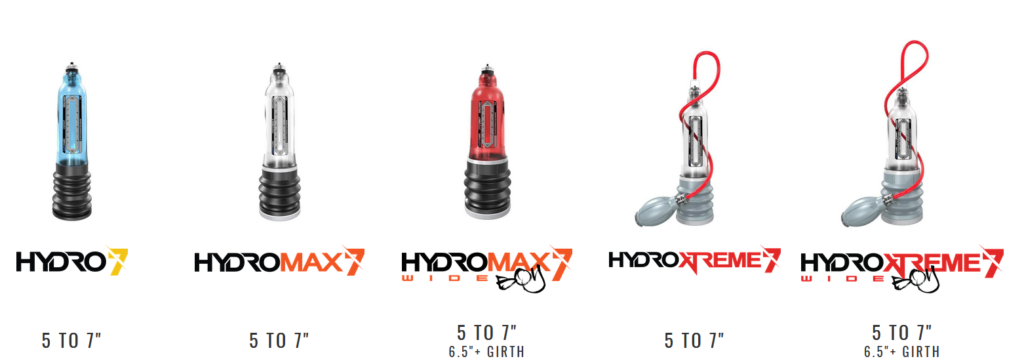Updated: Sept 1, 2025 — This guide focuses on safety, real-world testing, and discreet buying tips for peace of mind.
Choosing the right pump is about safety, comfort, and discreet purchasing. Below you’ll find a short comparison to get started, followed by individual reviews, safety tips, and a buying checklist. If you want the short route, use the comparison table and the primary CTAs to check current prices and discreet shipping options.
| Model | Best For | Key Features | Price Range | Rating |
|---|---|---|---|---|
| Bathmate Hydromax7 | Beginners & convenience | Water-based, comfort pad, easy to use | Mid | ★★★★☆ |
| Penomet Premium | Progressive training & versatility | Gaiter system, air or water use | High | ★★★★★ |
| LA Pump Hand Pump Kit | Precise pressure control & medical-grade fit | Pressure gauge, metal hand pump, durable | Mid | ★★★★☆ |
See all top picks & compare prices →
Bathmate Hydromax7 — Best All-Rounder for Beginners

Why it’s good
Water-based pump that’s designed for comfort and simple use in the shower or bath. Ideal for people who want a low-friction start with measurable progress.
Pros: Easy to use, comfortable, straightforward sizing.
Cons: Requires water and is slightly bulkier for travel.
Penomet Premium — Best for Versatility

Penomet’s gaiter system allows you to change the pump’s resistance for progressive training. Use with water or air depending on preference.
Pros: Highly adjustable; good for long-term training.
Cons: Higher price point and replacement gaiters are an ongoing cost.
View latest price → (Discontinued!)
LA Pump Hand Pump Kit — Best for Precision Training

Medical-grade materials with a precise pressure gauge — ideal for users who want repeatable training sessions and exact control.
Pros: Durable, precise, trusted in clinical settings.
Cons: Less beginner-friendly; requires careful use and lubrication.
How to Choose the Right Pump
- Water vs Air: Water pumps are more comfortable for many users and provide even pressure; air pumps are lighter and sometimes easier to travel with.
- Size & Fit: Measure your length and girth before buying. A poor seal reduces effectiveness and comfort.
- Safety: Never exceed recommended pressure. If you feel significant pain, stop immediately.
- Discreetness: Look for sellers that offer plain packaging and neutral billing descriptors.
Safety Tips for Pump Users
- Start with short sessions (5–10 minutes) and never exceed 15 minutes per session without breaks.
- Use proper lubrication to avoid skin irritation and ensure a good seal.
- Monitor pressure — don’t chase quick gains; gradual training is safer and more sustainable.
- Be cautious if you have underlying medical conditions; consult a doctor if unsure.
How to Buy Discreetly
Many reputable retailers ship in plain boxes and use neutral billing names. If privacy is important, check shipping and billing descriptions in the merchant’s FAQ. You can also use a redirect link (like our recommended store links) that points to sellers who offer discreet packaging.
Beginner’s Starter Checklist
- Starter pump (water or air according to your comfort)
- Lubricant (water-based)
- Cleaning supplies (mild soap, microfiber cloth)
- Training log or calendar
Note: This article gives product suggestions and safety guidance for educational purposes. Individual results may vary and we do not make medical claims. If you have medical concerns, consult a healthcare professional.
Frequently Asked Questions
- Are penis pumps safe to use?
- When used correctly, most users find pumps safe. Follow manufacturer limits and stop if you
- experience pain.
- How often should I pump?
- Begin with 2–3 sessions per week and never overdo sessions. Allow recovery days between sessions.
- Will the results last?
- Some users report longer-term improvements with consistent training, but results vary widely.
If you want the fully detailed reviews, test notes, and the upgrade accessories we recommend, check the full kit and comparison here: Compare top pumps & shop discreetly →
Written by • Unlimited Manhood

